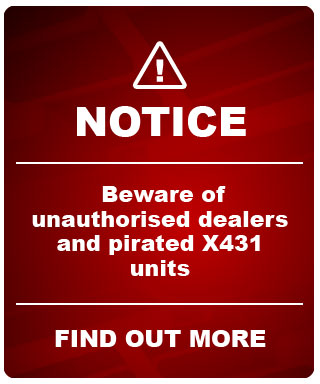6 "faults" that winter cars love to commit, do you have your car?
This entry was posted on March 23, 2020.
Due to the low temperature in winter, human immunity will be reduced accordingly, and it is extremely easy to get sick. The same is true of cars, which are prone to various failures in winter, which is called "winter illness". These problems not only upset people, but also pose a greater threat to driving safety. Now, let ’s talk about the six “winter illnesses” common in cars.
Difficult to start
In winter, the most common problem with cars is the slow start. The cause of this phenomenon is more complicated. Excessive carbon deposition in the throttle of the engine is one of the reasons for the difficulty in starting. Therefore, it is recommended to clean the throttle before winter to reduce this situation. In addition, appropriately changing the oil with a thinner viscosity can also effectively alleviate the problem of difficult starting.
Weak acceleration
Weak acceleration at low temperature is also one of the common problems in winter. The main manifestation is that the car is unable to accelerate after starting and has a pulling feeling, and then returns to normal after a few minutes, leaving some driver friends scratching their heads. This situation may be caused by excessive carbon accumulation in the spark plug, and the failure of the spark plug or the ignition coil is also one of the reasons. In order to avoid this situation, it is recommended that drivers friends check the spark plugs regularly. If there is too much carbon deposit or the gap is too large, it should be cleaned or replaced in time.
ABS fault light alarm
In winter, due to more snow and water, it will lead to poor contact of the internal wiring of the car, which is likely to cause failure. Most of the ABS fault alarms are caused by snow water coming into contact with the ABS sensor, and poor contact with the magnetic induction coil, which causes ABS to fail during self-test. In this case, as long as the snow water is dry, the fault will disappear naturally. If there is still an ABS fault alarm, then you must go to a repair shop for inspection and maintenance.
No battery power
At low temperatures in winter, the electrolyte level of the battery is relatively low, and the ability to store electricity is poor. Especially for electric vehicles, pay special attention to checking the battery power at all times. Do n’t forget to turn off the air-conditioning, headlights and other electrical equipment after the flameout , Avoid losing electricity, and avoid throwing yourself in the middle of the cold.
Water temperature cannot come up
This problem is more common when the engine temperature does not come up or the heating speed is slow and the warm air is not hot. Most of them will appear as traffic jams or when the wat er temperature rises when waiting for a red light, and the temperature will drop rapidly as soon as the car runs. The main reason for this is the failure of the thermostat, which is always maintained in a large cycle, and it is improved immediately after the thermostat is replaced.
Jitter when idling
It is believed that many drivers will experience jitter when the cold car is idling in winter. This situation may be caused by engine mechanical failure or ignition fuel supply system failure. To avoid this, be sure to clean the fuel supply system in time, replace the necessary parts, and perform effective maintenance of the engine. Of course, although cars in winter love to commit "defects", as long as they are maintained in time, I believe that cars will also be "strong and strong."



